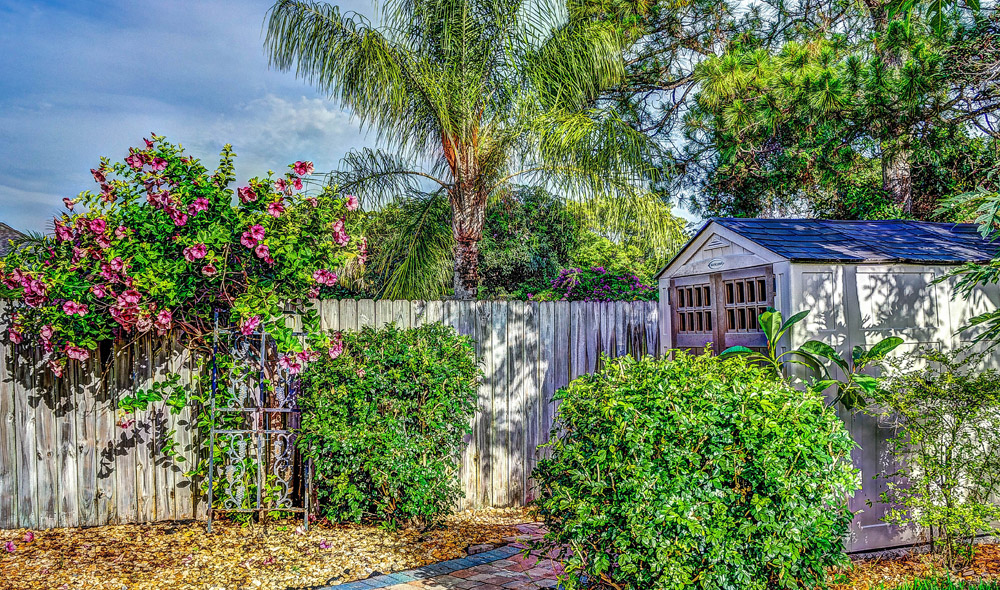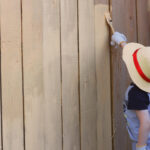If you’re considering adding a shed to your property, you may be wondering whether it’s possible to build it next to an existing fence. While there are no hard and fast rules, building a shed next to a fence can be a practical and space-saving solution. However, there are several factors to consider and guidelines to follow to ensure a successful and compliant construction. In this blog, we will explore the considerations involved in building a shed next to a fence, including property boundaries, permits, access, structural integrity, and aesthetics.
- Check Property Boundaries and Building Codes
Before beginning any construction, it’s crucial to determine the exact location of your property boundaries. Check your property survey or consult with a professional surveyor to avoid encroaching on neighboring properties. Additionally, research local building codes and regulations to understand any restrictions or setbacks that may apply to shed construction near a fence.
- Obtain Necessary Permits
In many jurisdictions, obtaining permits for shed construction is mandatory. Contact your local building department to inquire about the required permits and regulations for building a shed. Be prepared to provide detailed plans, including the shed’s size, materials, and proposed location next to the fence.
- Consider Accessibility
When positioning your shed next to a fence, consider accessibility. Ensure there is enough space around the shed for easy access, maintenance, and potential future repairs. Also, consider how the shed’s doors and windows align with the fence, ensuring they can open and close without obstruction.
- Maintain Structural Integrity
Building a shed close to a fence requires careful consideration of the structural integrity of both the shed and the fence. Ensure that the fence is in good condition and capable of supporting the weight of the shed. If the fence needs reinforcement, address any necessary repairs or modifications before proceeding with shed construction.
- Preserve Aesthetics
Consider the visual impact of the shed-fence combination on your property’s aesthetics. Choose shed materials, colors, and designs that complement or harmonize with the existing fence. If necessary, paint or stain the shed and fence to create a cohesive and visually appealing look.
- Address Drainage and Ventilation
When building a shed next to a fence, pay attention to drainage and ventilation. Ensure that rainwater runoff from the shed does not accumulate against the fence, as this can lead to moisture-related issues. Additionally, consider ventilation requirements for the shed to prevent excess humidity or condensation.
- Communicate with Neighbors
If the shared fence borders a neighbor’s property, it’s considerate to communicate your plans with them. Discuss the construction project, its timeline, and any potential impacts on their property. Open communication can help address any concerns and maintain positive neighborly relations.
Building a shed next to a fence can maximize your available space while offering convenience and functionality. However, it’s important to consider property boundaries, obtain necessary permits, ensure accessibility, maintain structural integrity, preserve aesthetics, address drainage and ventilation, and communicate with neighbors. By adhering to these considerations and guidelines, you can successfully build a shed next to a fence, creating a practical and visually appealing addition to your property.







